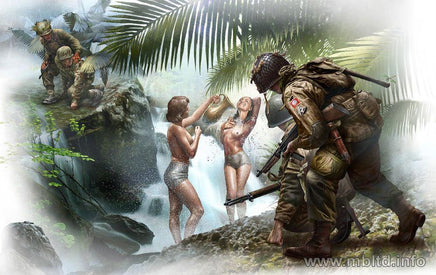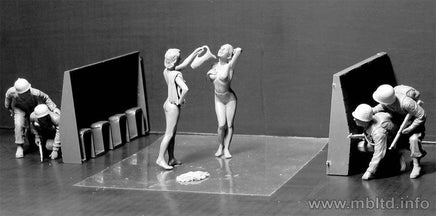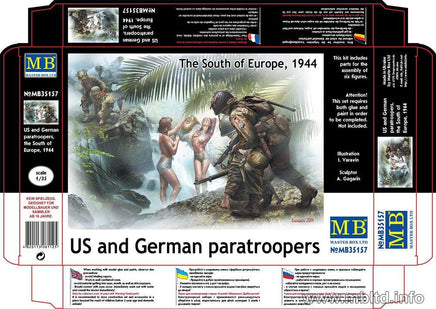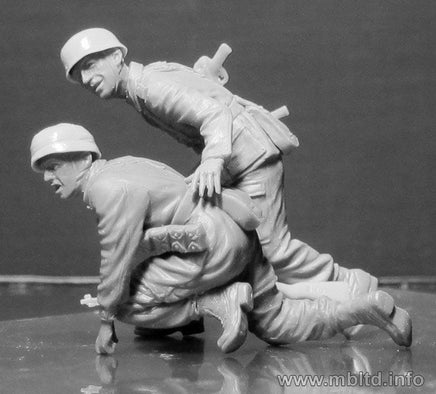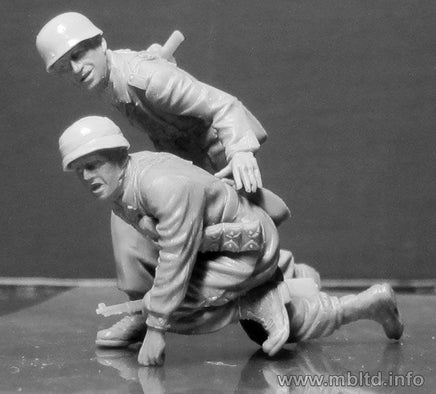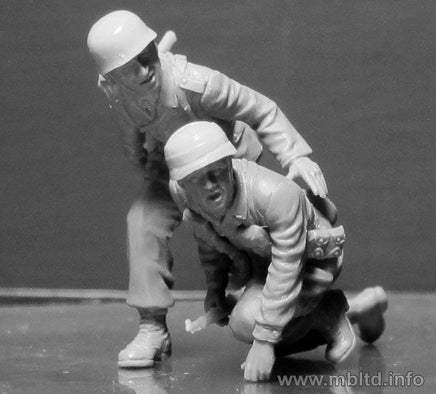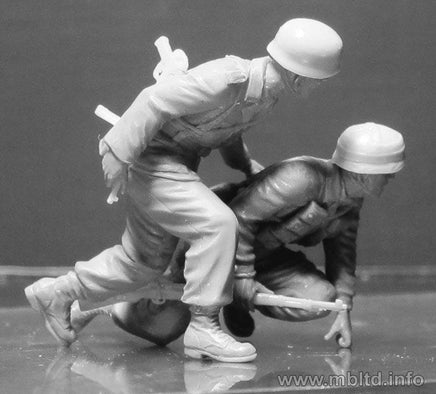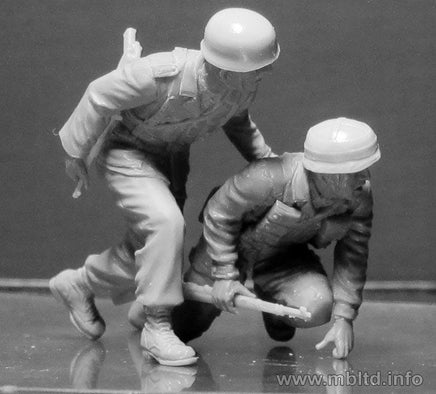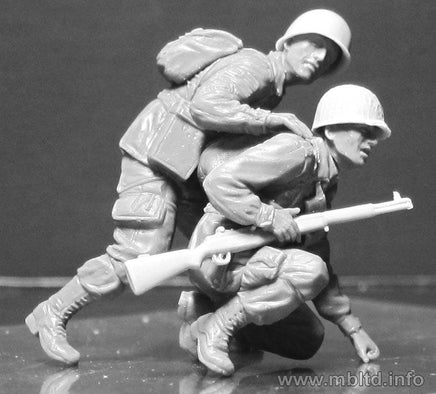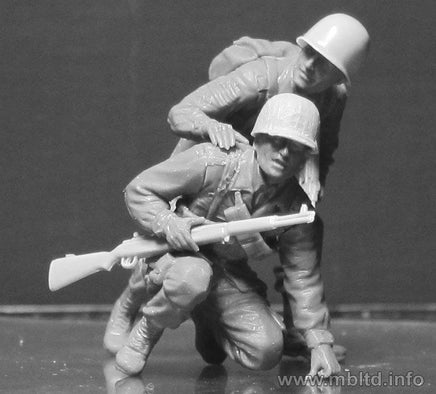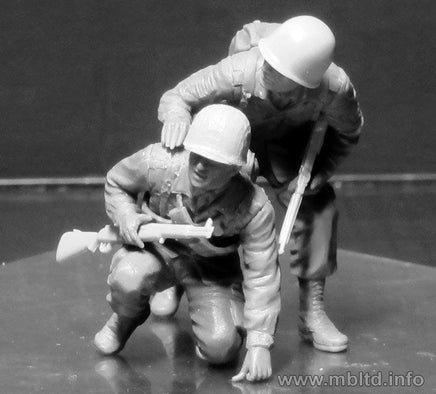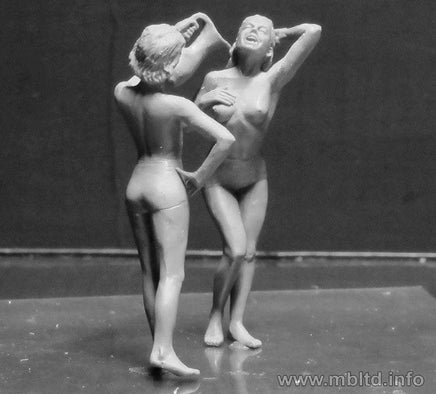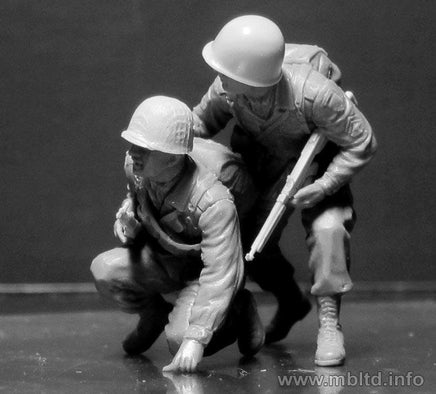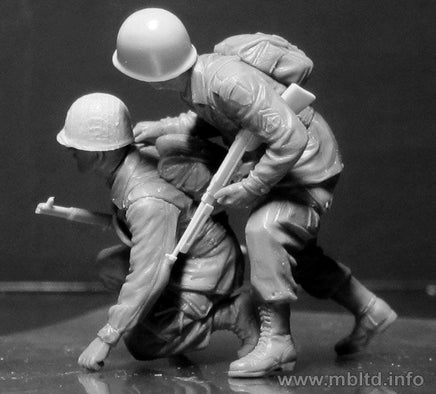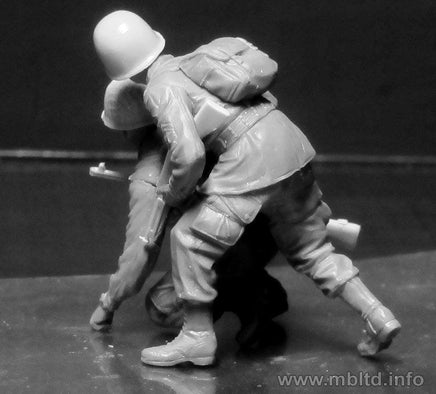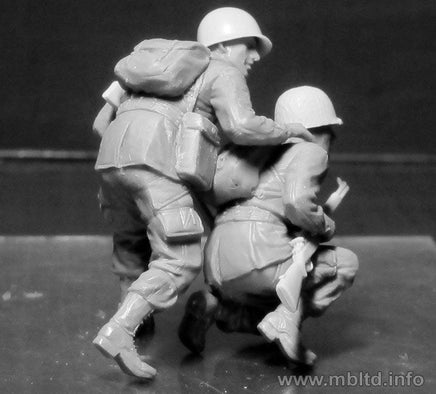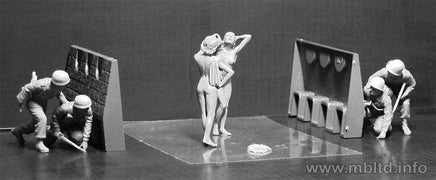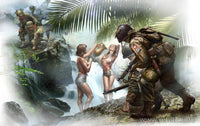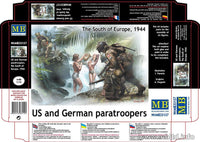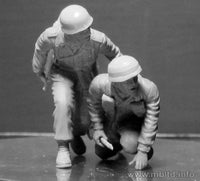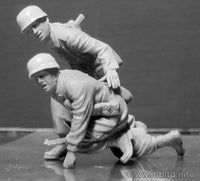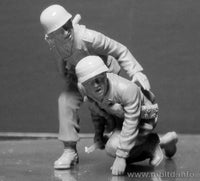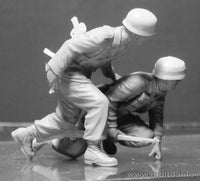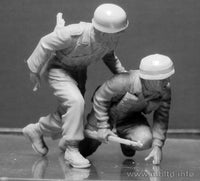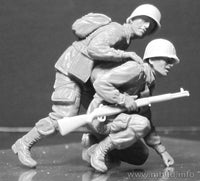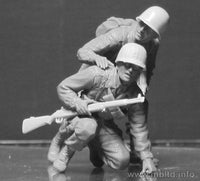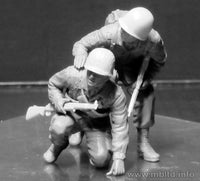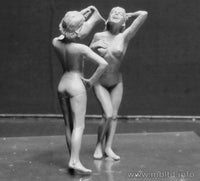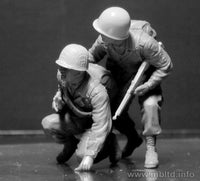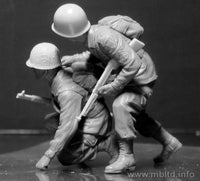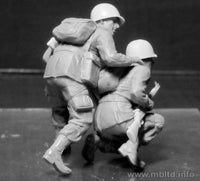Fallschirmjäger is the collective term for German airborne units from the interwar period and World War II. The first parachute unit was organized in Nazi Germany in 1936, perhaps as a result of observations made during the Soviet maneuvers of the previous year. The first paratrooper squad was created on the initiative of Herman Göring and was assigned to the Luftwaffe. A year later (1937), the first unit of this type was subordinated to the Wehrmacht and, more precisely, to the land forces. In 1938, these units were combined and expanded to form the 7th Aviation Division under the command of General Kurt Student. It consisted of parachute infantry, troops trained to transport gliders, and infantry transported to the battlefield by airplanes. In the course of World War II, more Fallschirmjäger units were created, including in 1943, when, on the basis of the 7th Aviation Division, the 1st and 2nd Parachute Divisions were established. In the period 1939–1941, the German Fallschirmjäger was used for its intended purpose (e.g., during the fighting in Western Europe in 1940), but after the heavy losses suffered in the course of the fighting in Crete in 1941, the German parachute troops began to be used primarily as elite infantry units, in which role they proved to be very successful, earning the nickname "Green Devils" among the Allies.
The first attempts to use airborne units took place in the US armed forces in the early 1930s, but they turned out to be unsuccessful. Only the outbreak of World War II in Europe accelerated the development of this formation in the United States, and the first parachute unit in the history of the US Army was one of the platoons of the 29th Infantry Regiment, which in 1940 underwent appropriate training. One of the most important figures in the development of American airborne units was General William C. Lee, also known as the father of this formation. During World War II, two airborne divisions were formed: the 82nd ("All American") and the 101st ("Screaming Eagle"). American troops of this type played a huge role in the first days of the operation in Normandy (June 1944), but also fought later as part of Operation Market-Garden (1944) or Varsity (1945).

